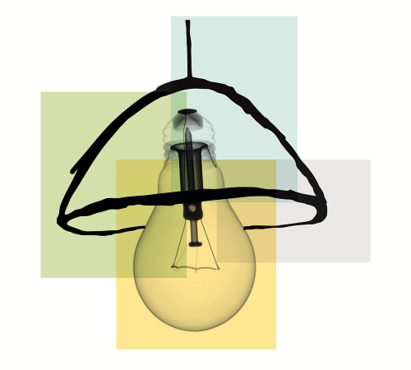Court of Appeal decision on duty of care for non-clinical staff
30/03/17Darnley v Croydon Health Services NHS Trust
The NHSLA has successfully defended this important and ground breaking case on the duty of A&E receptionists and other non-clinical staff in a healthcare setting. A key issue is the provision of accurate information to patients about waiting times.
There are approximately 450,000 visits to A&E departments across England every week and the strain on NHS resources is well known. Patients want to know how long they will have to wait for treatment and 3-8% of patients leave emergency departments without being seen.
On Monday 17 May 2010, the Claimant was struck on the head by unknown assailants. Sometime later, he went with a friend to the A&E department of (what was then) Mayday University Hospital, Croydon. The Claimant wanted to be seen immediately. He was told he may have to wait up to 4 to 5 hours. He waited, but for only 19 minutes, and left for home with his friend without telling anyone. The trial judge found the Claimant would have been seen by a triage nurse within about 30 minutes but was not told this. Had he been told, he would not have left. He deteriorated shortly after arriving home. The fact that the Claimant deteriorated at home meant that his treatment was delayed. He suffered permanent and severe brain injury which would have been avoided if he had not left A&E.
The Court of Appeal had to consider:
- Are A&E receptionists legally responsible for the advice they give abut waiting times?
- Was the Trust responsible for the Claimant's injuries; he left A&E before he could be treated, without telling anyone
The NHSLA argued that, applying the tests of foreseeability, proximity and what is fair just and reasonable, the A&E receptionist did not owe a duty of care and there were important public policy reasons for not imposing such a duty.
On 23 March 2017 a majority of the Court of Appeal found that:
- The receptionist did not owe any duty to advise the Claimant about waiting times,
- the damage which the Claimant suffered was outside the scope of any duty owed, and
- there was no causal link between any breach of duty and the Claimant's injury. The claimant was told to wait, but he chose to leave the hospital.
Lord Justice Jackson said, “there comes a point when people must accept responsibility for their own actions.” There was concern that, if the accuracy of waiting times given by A&E receptionists became the basis for litigation, hospitals would refuse to give such information, which is given both as a courtesy and in order to be helpful. Furthermore, if the claim succeeded it would open the “floodgates” for more litigation.
This decision should give NHS Trusts reassurance that their A&E receptionists can give information about waiting times without fear of litigation.
The NHSLA instructed Capsticks Solicitors LLP on behalf of the Defendant, Croydon Health Services NHS Trust.
For more information please contact Philip Hatherall, Cassius Box or David Roberts.





